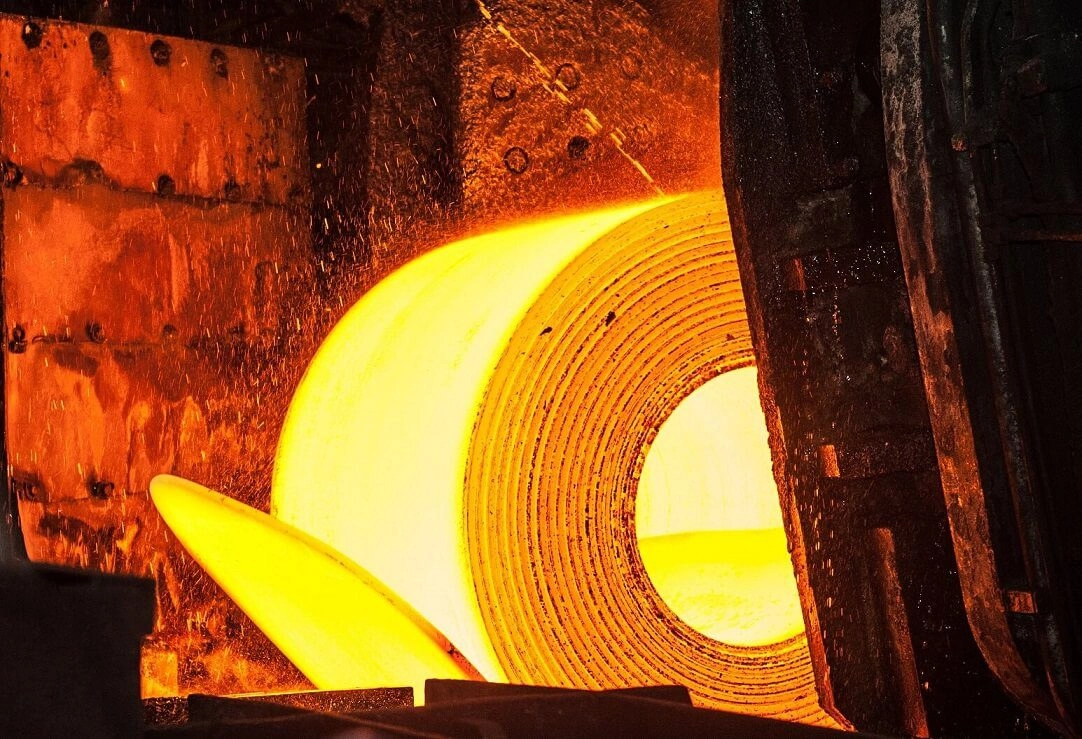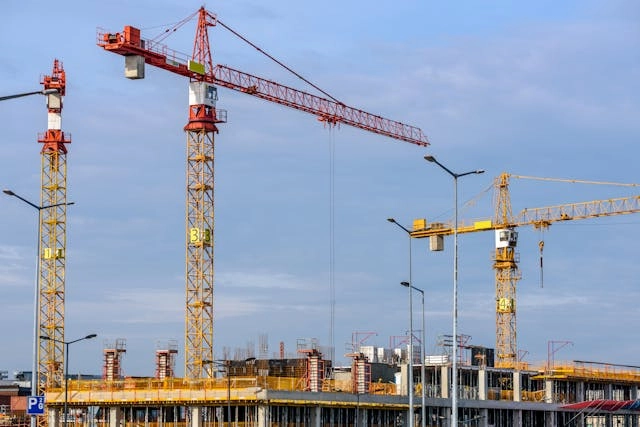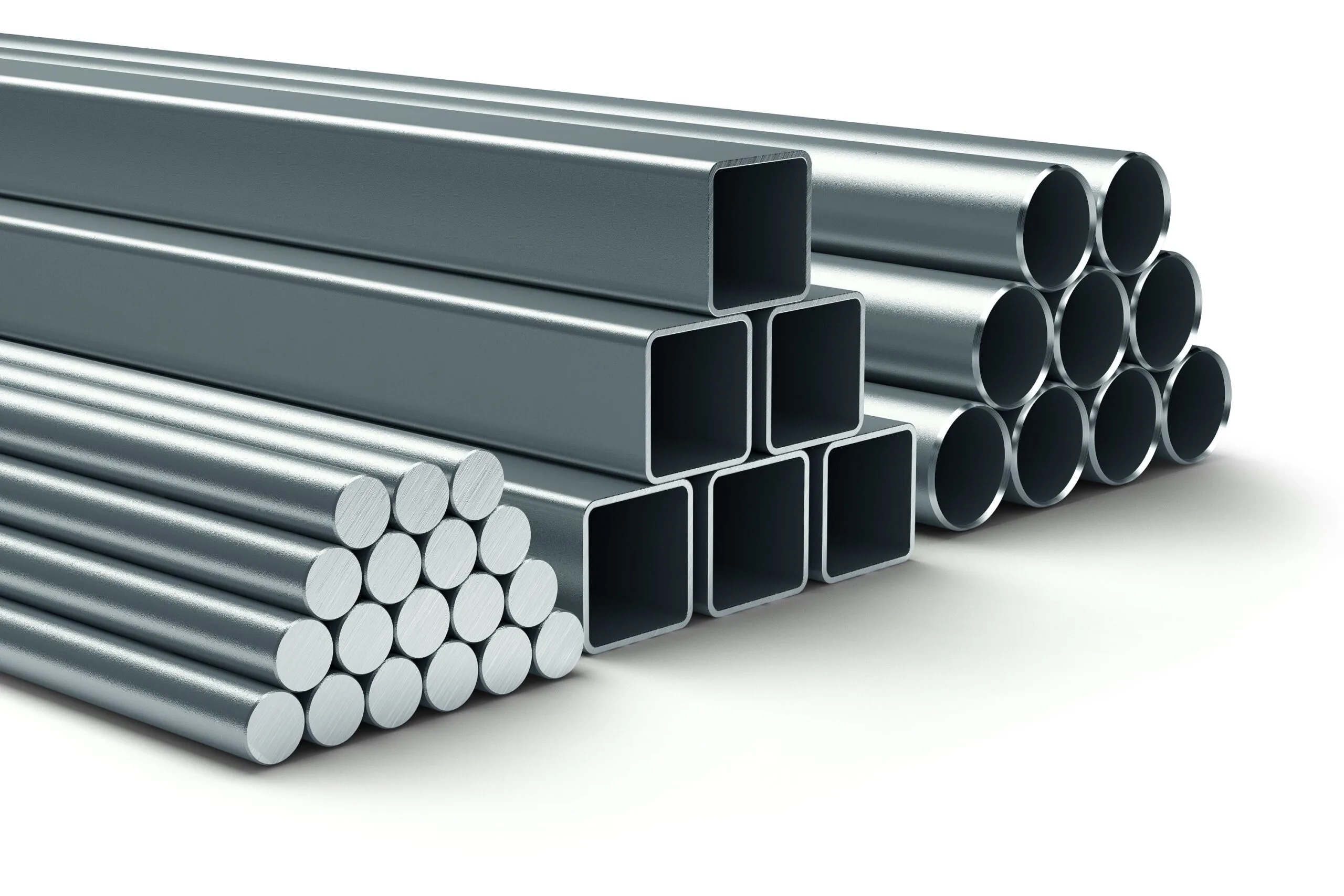Prefab Homes Solutions for Different Climates
Today, prefab homes stand out with their quick installation, low cost, and aesthetic solutions brought by modern life. However, it is crucial that prefab homes are designed according to climate conditions to ensure the comfort of homeowners and energy efficiency. Let’s explore the special solutions required for prefab homes to adapt to different climates.
Prefab Home Solutions for Cold Climates
Cold climates make the insulation properties of prefab homes highly important. The insulation materials used in the walls and roofs of prefab homes help keep the interior warm, minimizing energy consumption. In cold areas, it is recommended to use high-quality materials such as polystyrene, polyurethane foam, or mineral wool for insulation. Additionally, double-glazed windows and interior heating systems are elements that enhance energy efficiency. Technologies like underfloor heating, water heaters, and energy-efficient heat pumps also provide effective solutions for these types of homes.
Prefab Home Solutions for Hot Climates
In hot climates, attention must be paid to the ventilation and sunlight resistance of prefab homes. The high summer temperatures require the proper selection of materials to keep the interior cool. Materials that prevent heat transfer play an important role in balancing the internal temperature of the home. In addition to insulation, the use of natural ventilation systems helps keep the interior cool. Solar panels for energy generation provide an affordable and environmentally friendly solution for hot climates.
Prefab Home Solutions for Humid Climates
In humid regions, careful material selection is essential to prevent the formation of mold and mildew. Prefabricated homes are designed with moisture barriers that help keep the interior dry. Additionally, the use of durable steel or aluminum materials ensures the long lifespan of such homes. Waterproof materials used in roofs and external walls enhance the durability of the home, preventing moisture from entering.
Conclusion
Prefab homes designed for different climate conditions can make your living space comfortable and efficient. The correct material selection and design, considering climate conditions, ensure the long lifespan of your home. Prefabricated homes can be customized with different design and technology options to offer you an ideal living space in any climate.






